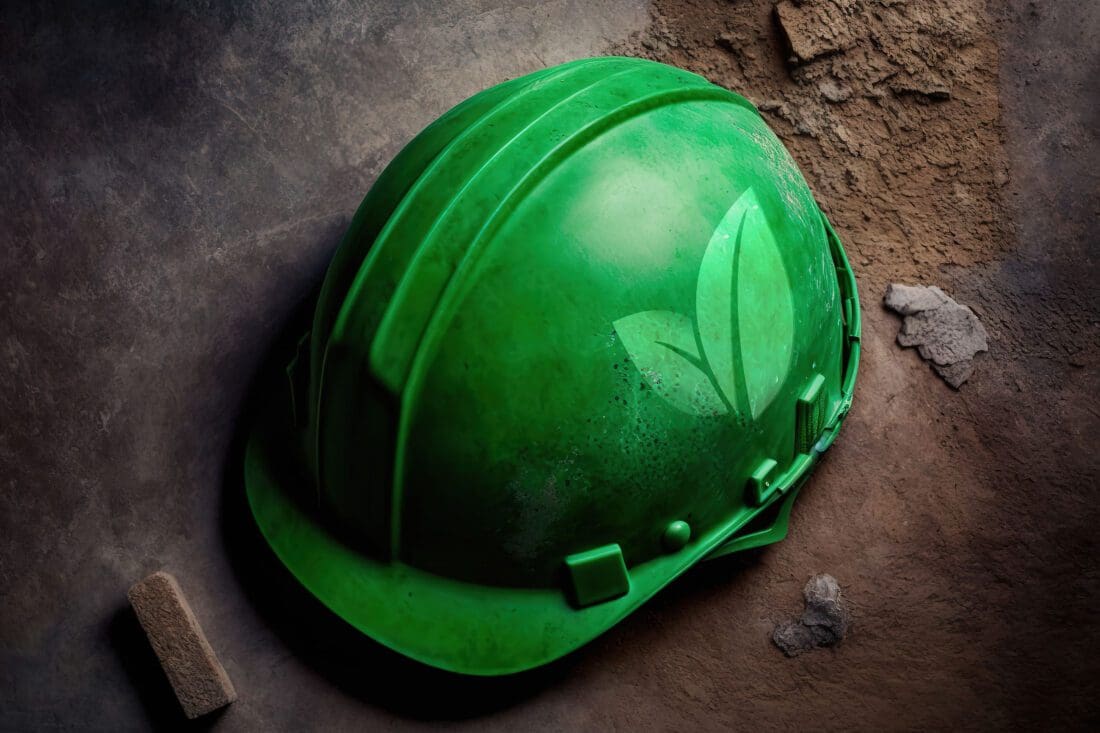Sustainable Infrastructure and the Construction Industry
Sustainable development is an important priority. But what does it mean for the building trades?
Today’s builders are increasingly seeking sustainable solutions in all their endeavors. That means being aware of environmental and health concerns—both in their work processes and in the structures they create. Here are some of the ways the construction industry is working toward a more sustainable infrastructure.
Sustainable Materials
It’s vital that the materials used in construction be good for the environment, healthy for people, and ideally, renewable. Sometimes those materials are new products developed through cutting-edge technology. And sometimes they’re old familiar products that are being used in surprising new ways.
Here are five materials that meet the requirements of sustainability:

Stone. The ultimate natural material, since it comes directly from the earth itself, stone is strong, versatile, and recyclable. Since it requires no manufacturing, the use of stone has virtually no impact on atmospheric carbon dioxide (CO2). It is used routinely in the construction of retaining walls, columns, flooring, arches, foundations, bridges, piers and more.
Precast Concrete. When concrete is poured at a construction site it emits C02 into the air. Precast concrete avoids this hazard because it is prepared in a controlled factory setting according to precise specifications and then transported to the jobsite. It is used in the construction of frames, floors, roofs, claddings and more. Concrete can also be recycled to produce aggregate and other materials.
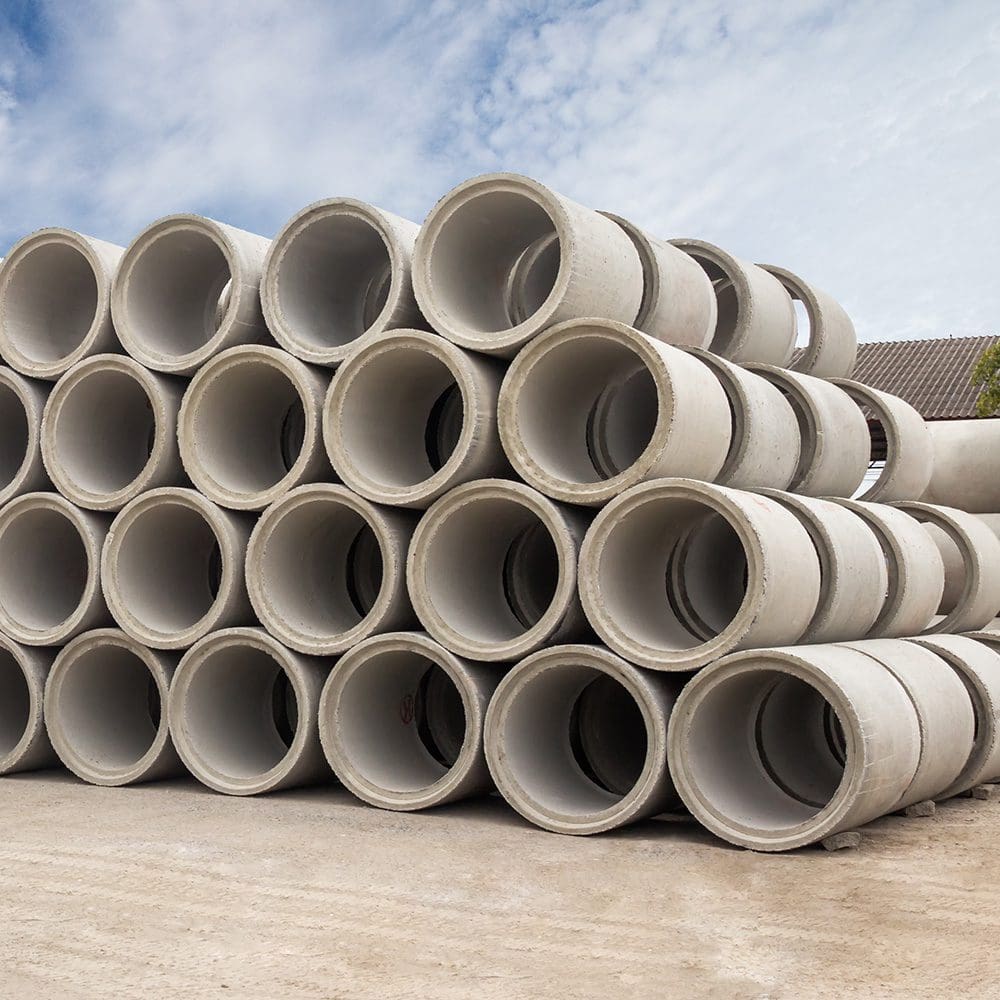
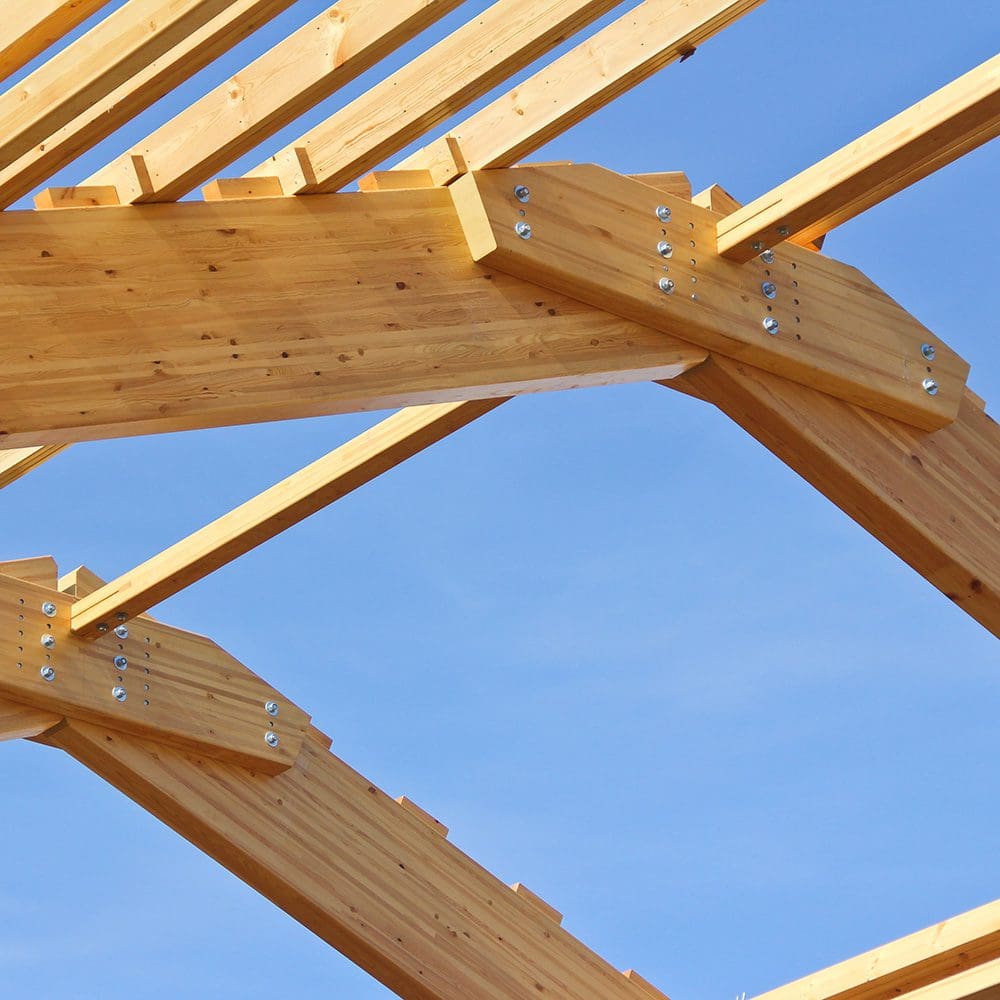
Mass Timber. Wood is one of the oldest and most-used building materials, and for good reason. It’s strong, flexible, and renewable. It has been supplanted by steel and concrete for much large-scale construction, but recent innovations have brought it back into favor. Mass timber (short for massive timber) refers to laminated wood products that enhance the natural strength of wood while retaining its ductility (flexibility). Being lighter than steel or concrete, it is easier and faster to work with than those materials—and produces fewer CO2 emissions. Mass timber also reduces the fire hazard associated with wood, as it is designed to char on the outside while maintaining its internal integrity. Mass timber is now used routinely for beams, columns, roofing and flooring.
Recycled Rubber. Used tires are an unsightly presence in landfills and vacant lots. And Americans are discarding their tires to the tune of 300 million every year. But ingenious innovations have led to some practical uses for all that discarded rubber. Rubber modified asphalt (RMA) has been used with gratifying results for repaving projects in a number of U.S. municipalities. California offers generous subsidies for its use, and it is being tested in 32 other states. This hybrid material has several advantages over conventional asphalt. While it can cost more to produce initially, it has a longer lifespan, reduces cracking, requires less maintenance, is easier on vehicles, and produces less noise. Recycled rubber is also used for synthetic turf fields, vegetation protectors, windbreaks, sheds, livestock mats, running tracks, fitness mats and more.

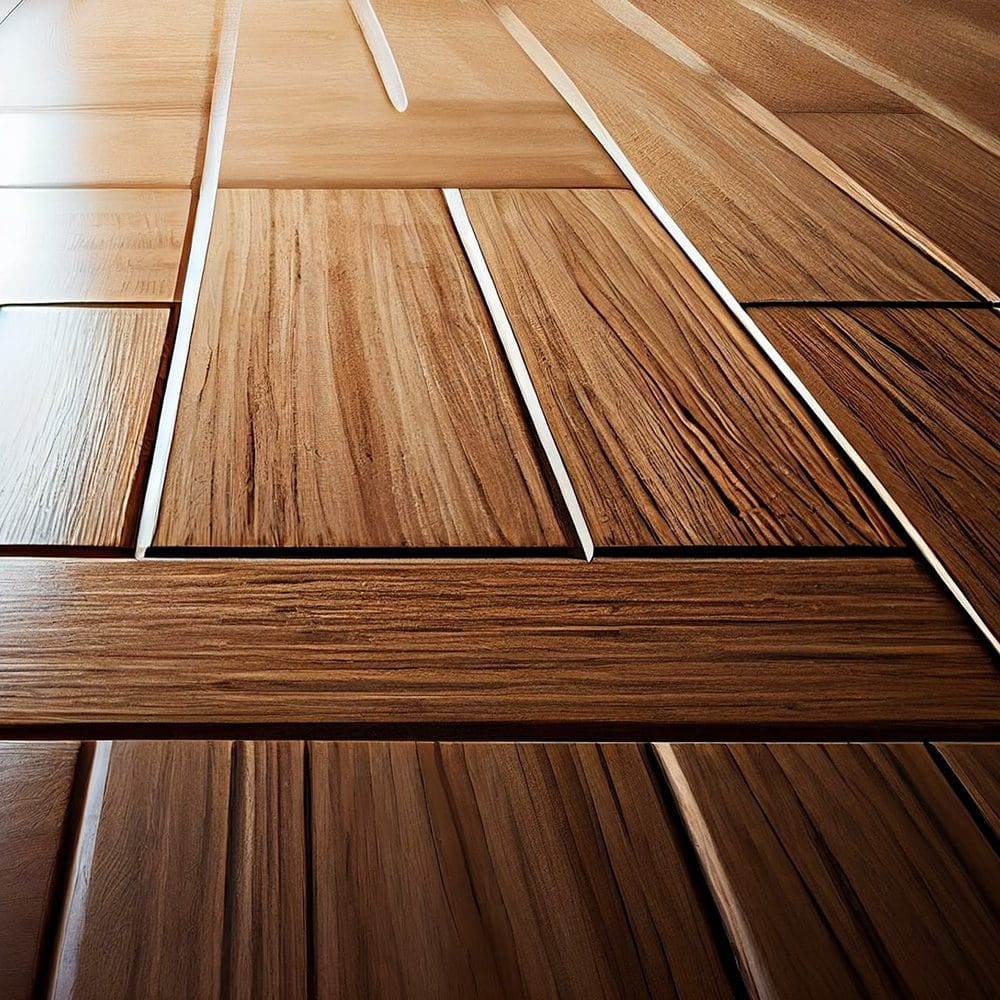
Bamboo. This fast-growing grass has been used for centuries to build traditional structures—especially in Asia and other places where it is naturally abundant. Surprisingly, it has also found a number of uses in modern-day construction. It has the strength and flexibility of wood, while being lightweight. In fact, bamboo has a strength-to-weight ratio equal or better than steel or lumber. It absorbs more C02 than trees and grows much faster, making it a superbly renewable resource. Bamboo is being tested as a substitute for steel in reinforced concrete. Meanwhile, its use for esthetic and decorative purposes is universally recognized.
Sustainable Construction Processes
Beyond the materials used in construction, the building process itself can benefit from more sustainable methods.
Here are five ways construction firms can streamline their processes—leading to more sustainable outcomes.
Waste Management. Construction projects generate a lot of waste products, from lumber scraps to concrete rubble. By incorporating waste management strategies into the design process, builders can avoid unnecessary trash buildup and negative effects on the immediate environment. Nowadays, waste haulers are a familiar presence on jobsites; they transport waste products efficiently to offsite locations where pickers separate them into recyclable components. This process has greatly reduced the amount of construction waste showing up at landfills.
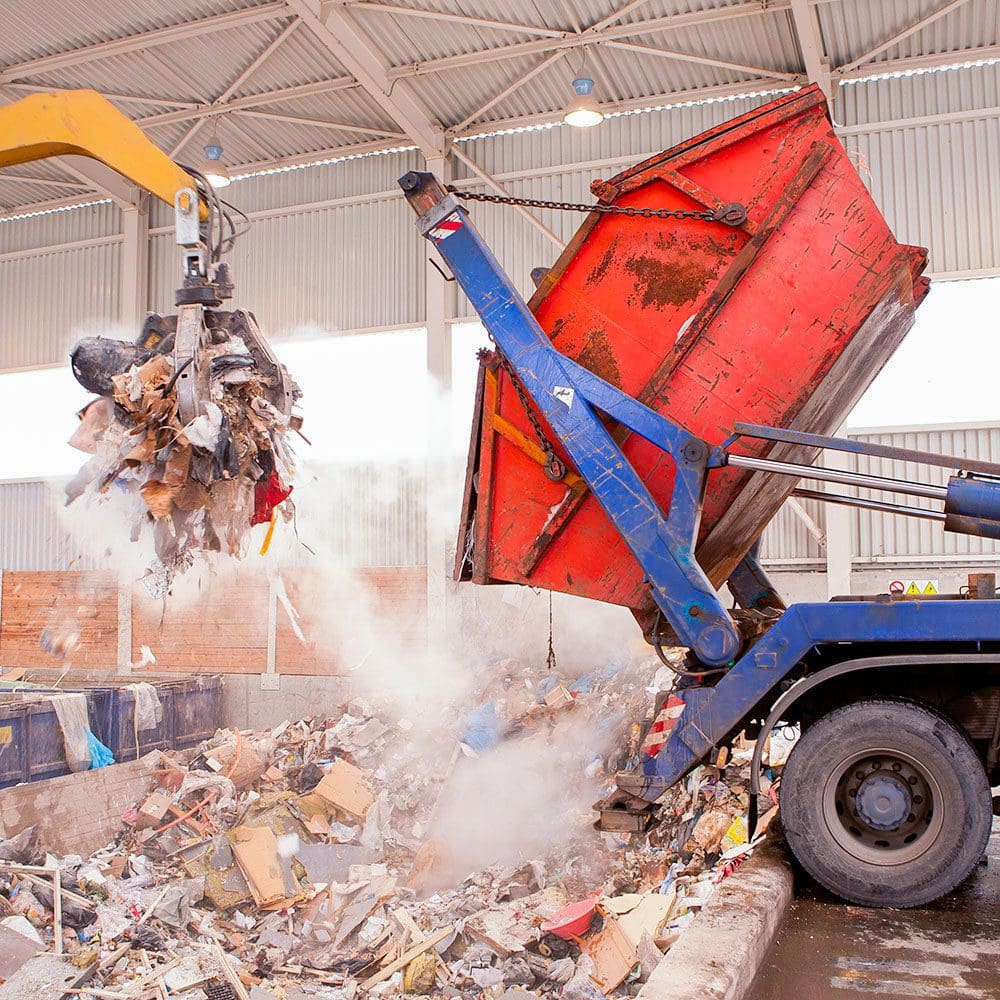
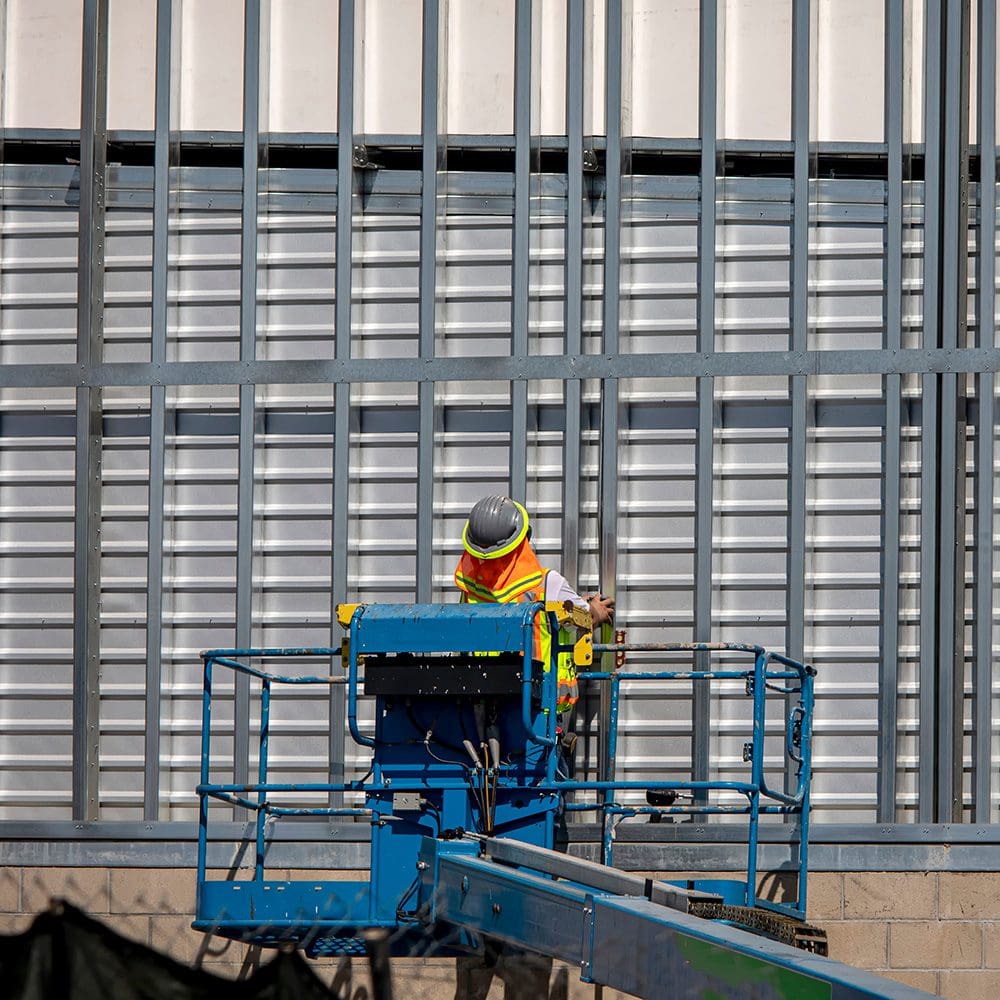
Prefabricated Components. Nowadays, many building components are produced in controlled factory environments rather than at the construction site. This allows for a more precise and accurate process, which reduces waste and onsite man-hours.
Water Treatment. Builders also use a lot of water in the construction process. Managing wastewater may be an afterthought for some contractors, but it can be a major headache for the local communities if not handled properly. Contaminated water can run off into the local sewer system, creating clogs and overflows. Or it can seep into the local groundwater, causing problems for agriculture and people. Responsible builders follow best practices for treating water before it gets released into the environment.
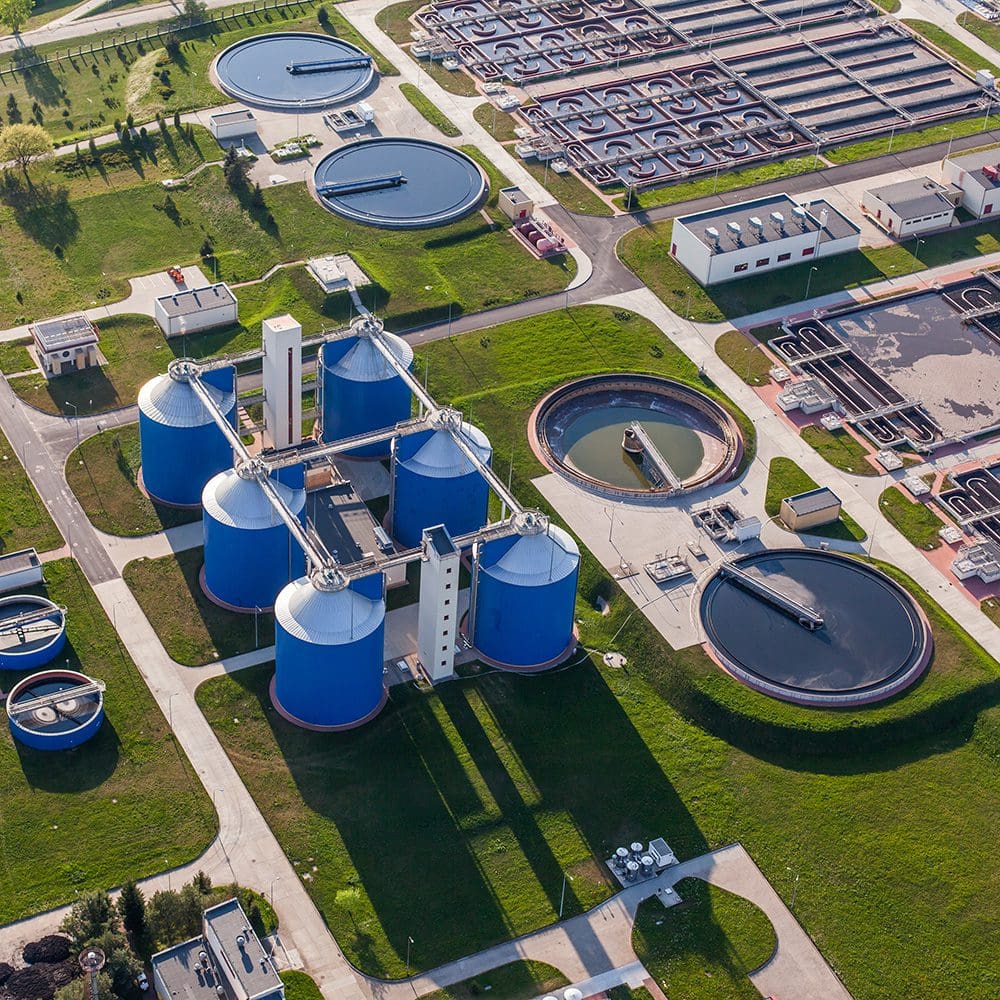

Efficient Transportation. Construction projects typically expend an enormous amount of energy transporting materials to and from the building site. That expense can be minimized by obtaining materials from nearby local suppliers rather than far away distributors. Using fuel efficient vehicles is an obvious benefit, reducing costs as well as CO2 emissions. And choosing building locations close to transportation hubs is always a sensible practice.
Lean Construction. These principles and more are embodied in the lean construction movement, which seeks more efficient and eco-friendly practices for the construction trade overall. Builders can discover the newest and most effective ways to streamline their businesses through organizations such as the Lean Construction Institute.



